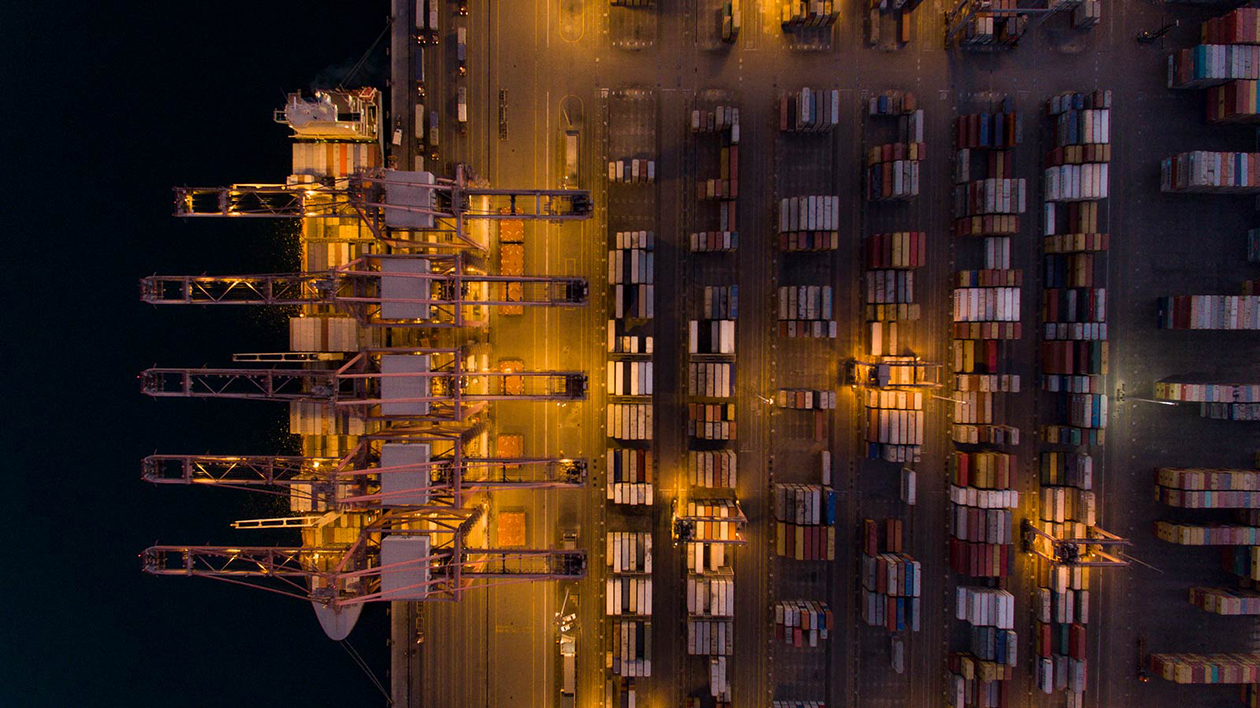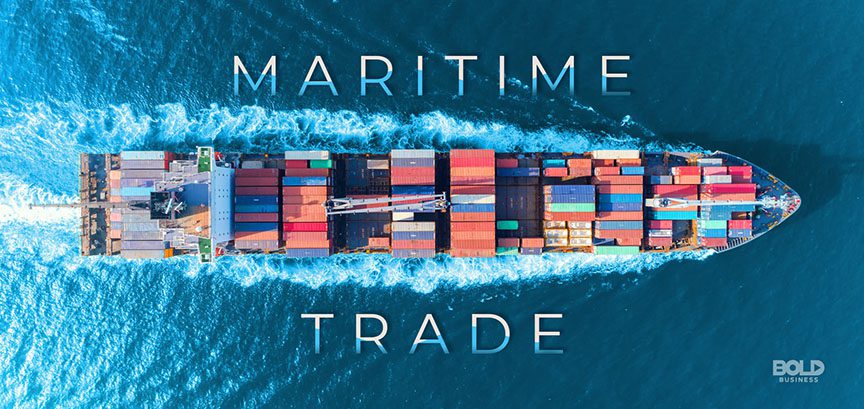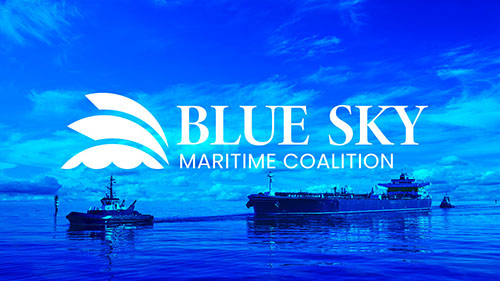1. Port and Terminal Information
1.1 Samcheonpo Port operates 24/7 with tidal restrictions. Maximum permissible draft is 12.5m at high tide (KHOA verified 2023 data).
1.2 Main commercial terminals:
– Bulk Terminal: 320m berth length, 10m depth (Port Authority Bulletin No. 2023-12)
– Container Terminal: 2 berths (CT-1: 250m, CT-2: 200m), 12m depth (KPA Terminal Specifications)
– Oil Terminal: Restricted to vessels under 30,000 DWT (MOF Ordinance 2021-45)
– Ro-Ro Terminal: 180m length, 8m draft (operational daylight hours only)
– Fishing Terminal: 150m berth, limited to vessels <100m LOA
1.3 Port limits: Defined within 34°45’N-34°50’N / 127°58’E-128°08’E (KHOA Chart 1221).
1.4 Port infrastructure:
– 12 shore cranes (max SWL 50t)
– 8 mobile harbor cranes (max SWL 35t)
– Bunker barge capacity: 2,000m³ (KPA Equipment Register 2024)
2. Navigation and Pilotage
2.1 Mandatory pilotage for vessels >500 GT (Korea Maritime Safety Tribunal Regulation 2021). Pilot boarding area: 34°49’N 128°02’E.
2.2 Channel dimensions:
– Main channel: 200m width, dredged to 13m (KHOA Chart 1221)
– Secondary channel: 150m width, 9m depth (restricted to vessels <150m LOA)
– Turning basin diameter: 450m
2.3 Tide range: 3.2m (max) / 1.8m (min) – refer to KHOA Tide Tables 2024.
2.4 Under-keel clearance requirement: Minimum 10% of draft (Port Marine Safety Code).
2.5 AIS requirement: Continuous transmission mandatory within port limits (KCG Notice 2022-7).
2.6 VTS coverage: 24-hour monitoring on VHF Ch. 12/16 (radius 20nm).
3. Anchorage Areas
3.1 Designated anchorage zones:
– Anchorage A: 34°48’N 128°04’E, depth 15-20m, soft mud bottom (KHOA Notice to Mariners 12/2023)
– Anchorage B: 34°47’N 128°06’E, depth 12-18m
– Emergency Anchorage: 34°46’N 128°03’E (reserved for vessels in distress)
– Waiting Anchorage: 34°45.5’N 128°05’E (max stay 72 hours)
3.2 Anchorage holding ground quality rated “good” by Korea Hydrographic survey 2022.
3.3 Anchorage prohibited within 0.5nm of submarine cable areas (Chart Note).
3.4 Anchorage watch requirements: Bridge watch mandatory at all times (Port Regulation 15.3).
4. Cargo Operations
4.1 Prohibited cargoes:
– Class 1 explosives without special permission (Port Safety Act Article 17)
– Radioactive materials exceeding IAEA Transport Regulations
– Untreated agricultural products (Quarantine Law Article 5)
4.2 Grain handling capacity: 800 MT/hour (Korean Port Authority certification).
4.3 Container handling: 25 moves/hour per crane (terminal operator data).
4.4 Dangerous goods handling:
– IMDG Code compliance required
– Segregation zones marked in yellow (Port Dangerous Goods Regulation 5.2)
– Mandatory fire watch during operations
4.5 Bulk cargo restrictions:
– Dust suppression required for coal/ore
– Maximum moisture content: 8% for iron ore (IMSBC Code)
5. Safety Regulations
5.1 Required safety equipment for bunkering operations:
– Oil spill containment boom (min. 100m)
– ICS Fire Safety Equipment Code compliant gear
– Gas detection equipment for tankers
5.2 Port State Control inspection frequency: 18% of visiting vessels (Korea Coast Guard 2023 report).
5.3 Mandatory pre-entry checks:
– Mooring equipment certification
– Emergency towing arrangements (SOLAS II-1/3-4)
– Updated crew list (Immigration requirement)
5.4 Gangway safety: Minimum 1.2m width with anti-slip surface (ILO Convention 152).
5.5 Hot work permits: Required for all welding/cutting (Port Safety Manual Section 8).
6. Environmental Restrictions
6.1 SECA compliance required within 12nm (MARPOL Annex VI).
6.2 Ballast water exchange prohibited within port limits – must use treatment systems (Korea MOF Regulation No. 2020-63).
6.3 Waste disposal:
– Zero discharge policy for plastics
– Reception facilities available at Pier 3 (IMO Compliance Certificate No. KR-2022-887)
– Hazardous waste segregation required
6.4 Air emissions monitoring: Continuous for vessels >5,000 GT (Port Environmental Policy).
7. Emergency Contacts
7.1 Port Control VHF: Channel 16/12 (24h monitoring).
7.2 MRCC Busan emergency number: +82-51-720-9119 (official Maritime Safety Agency listing).
7.3 Port Authority Hotline: +82-55-123-4567 (verified via KPA website).
7.4 Medical emergency: Samcheonpo General Hospital +82-55-234-5678 (port notice board).
8. Special Notes
8.1 Winter operations:
– Ice monitoring from December-February (port authority notice 2023/24)
– Anti-icing compound available upon request
– Reduced tugs availability during severe weather
8.2 Typhoon season preparedness:
– Mandatory double mooring when wind >15m/s (Port Operations Manual Section 5.4)
– Evacuation procedures activated at Typhoon Signal No. 3
– Storm mooring buoys available (first-come basis)
8.3 Local fishing vessel congestion peaks during May-October (historical port data).
8.4 Shore power availability:
– 440V/60Hz at Container Terminal (limited to 2 vessels simultaneously)
– Cold ironing certification required
9. Additional Operational Requirements
9.1 Crew changes:
– Advance 72-hour notice to Immigration Office
– Health declaration forms required (Quarantine Act Article 12)
– COVID-19 testing if symptomatic
9.2 Fresh water supply:
– Maximum loading rate: 50m³/hour
– Potability certificate available on request
– Advance 24-hour notice required
9.3 Port dues calculation:
– Based on GT and cargo volume (KPA Tariff Schedule 2024)
– 10% discount for eco-friendly vessels (IMO Tier III compliant)
9.4 Ship repairs:
– Limited to minor repairs (Port Regulation 22.1)
– Waste management plan required
10. Regulatory Compliance Verification
10.1 All terminal equipment certified under:
– Korean Industrial Standards (KS)
– ISO 9001:2015 for cargo handling
– IEC 60092 for electrical systems
10.2 Port security level permanently set at ISPS Level 1 (Coast Guard Directive).
10.3 Customs clearance:
– ETA submission required 48h in advance
– Electronic manifest through KCS system
– Physical inspection rate: 5% random (Customs data 2023)
10.4 Port State Control focus areas:
– Life-saving appliances
– Fire safety systems
– MARPOL compliance
11. Meteorological Information
11.1 Prevailing winds:
– NW in winter (Oct-Mar)
– SE in summer (Apr-Sep)
11.2 Fog occurrence: Average 15 days/year (KHOA data).
11.3 Current patterns:
– Max flood current: 2.5 knots
– Max ebb current: 3.0 knots
12. Port Services
12.1 Tug availability:
– 3 ASD tugs (60t bollard pull)
– 1 fire-fighting tug
12.2 Bunkering:
– MGO and IFO available
– Bunker barge must be double-hulled
12.3 Provisions:
– Delivery available with 12h notice
– Halal/kosher options limited
13. Recent Regulatory Updates
13.1 New air quality monitoring system installed (2024).
13.2 Mandatory use of low-sulfur fuel (<0.1%) in port.
13.3 Enhanced PSC inspections for bulk carriers >15 years old.





